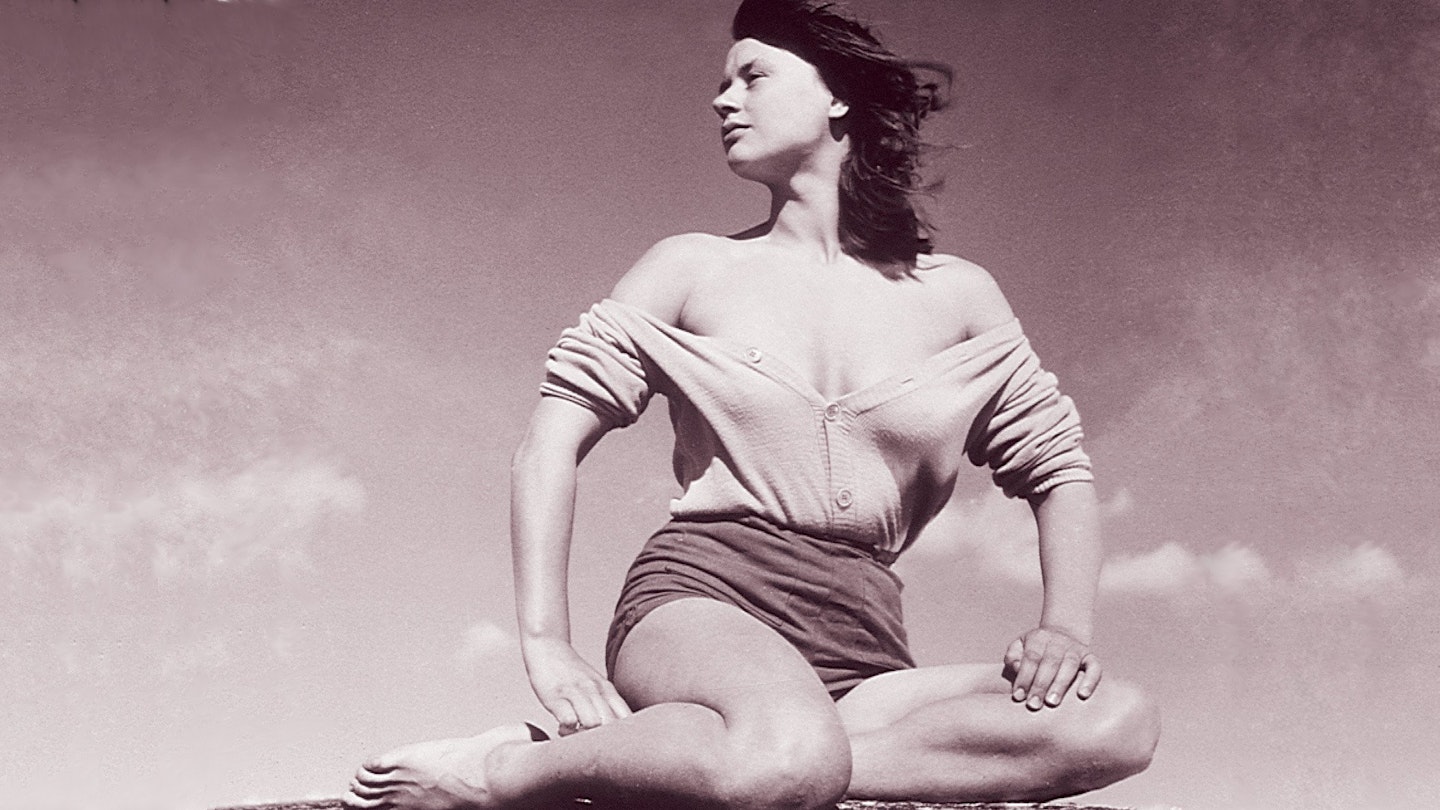According to Ingmar Bergman two chance meetings on the Stockholm streets proved key to the making of the film that finally brought him international recognition. In addition to offering Lars Ekborg the part of Harry on first sight, Bergman claimed to have begun work on the screenplay after novelist Per Anders Fogelström gave him a 10-word outline of his latest project. However, Svensk Filmindustri reader Allan Ekelund later recalled presenting Bergman with a finished copy of the book, as he knew that he had no original scenario in the pipeline.
Whatever its origins, this was a bold, shamelessly sunny picture whose nude swimming sequence so shocked members of the Svensk board that a number resigned rather than be associated with such filth.
Despite this executive discomfort, Summer With Monika turned out be be one of Bergman's happiest productions, with a cast and crew of around a dozen sharing the parish clerk's house for the two months of location shooting on the island of Ornö to the south of the capital. Even the discovery that the negative had been scratched did nothing to dampen Bergman's spirits, as the retakes gave him more time with 18 year-old Harriet Andersson, with whom he had begun an intense affair.
Indeed, Bergman's fixation with Andersson is evident in every frame, as he iconises her fresh good looks and unselfconscious physicality. Making sensual use of light on the water and the simple beauty of wild nature, Gunnar Fischer's photography not only captured her spirit, but also the very essence of summer in a way that only Nestor Almendros has since emulated in collaboration with Eric Rohmer.
But it was François Truffaut who first referenced the film by having Antoine Doinel steal pictures of Andersson in Les Quatre Cents Coups and both he and Godard borrowed the shot of her staring intently into the camera, as she realises the extent of her despair on returning to the city. The conclusion harked back to the bleak realism of Bergman's early studies of doomed love. But this was very much a step in a new direction.
